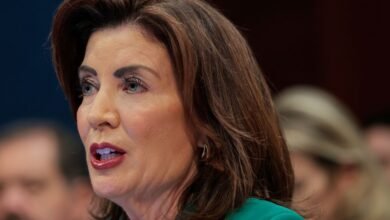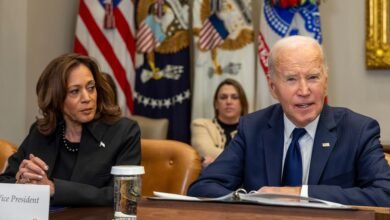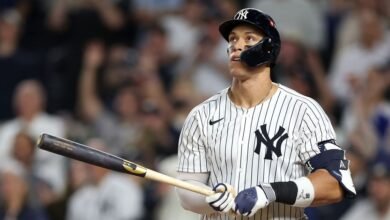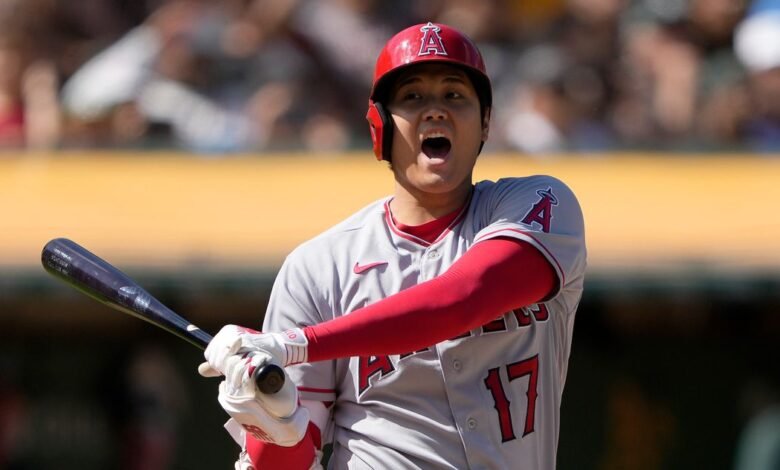
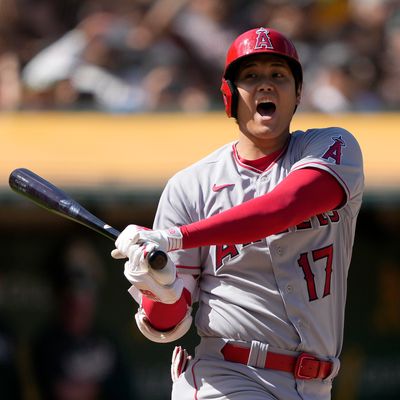
Photo: Thearon W. Henderson/Getty Images
No matter how inured you are to the absurd money that’s thrown around sports, no matter how much you’d rather see the revenue sports generate given more to the players on the field than the owners in the skyboxes, no matter how much joy one gets from watching Shohei Ohtani play baseball in a way no one on earth has ever played it — his new $700 million contract with the Los Angeles Dodgers can’t help but make you gasp.
$700 million. 700. That’s $700 million over 10 years, $70 million a year. That’s actually twice what Jamie Dimon makes! Not only is it the largest contract in baseball history — over $270 million more than the extension Mike Trout signed with the Angels in 2019, and that deal was spread out over 12 years rather than 10 — but it’s the largest contract in the history of sports, edging the one Lionel Messi’s signed with FC Barcelona. The previous highest salary for a single season by a North American athlete was the $60.9 million the Bucks’ Damian Lillard will make in the 2025-26 season. Ohtani is going to beat that by nine million for each of the next nine years. No baseball contract has approached this one. There are reports that the contract is heavily deferred, theoretically devaluing the deal in real dollars down the line, but $700 million is $700 million.
No baseball player has even remotely resembled Shohei Ohtani, either. Comparing him to Babe Ruth isn’t fair … to Ohtani. Ruth never was a star hitter and pitcher at the same time, let alone over multiple seasons like Ohtani. We’ve never seen anything like Ohtani before. He is my favorite athlete in sports right now.
But this contract is insane.
This is not to say that a baseball player shouldn’t make $700 million. As The Athletic’s Ken Rosenthal pointed out, that such a contract exists at all is a sign of the general financial health of the sport and, again, if someone’s gonna get that money, you’d rather it be someone actually wearing a uniform. Ohtani isn’t just the best baseball player in the sport, he’s the most famous and the most marketable; the income he’ll generate off the field will be substantial in addition to what he provides on it.
But Ohtani is a far riskier proposition than he is being treated, not just 10 years down the line, but even five. There are certain players, like newest Yankee Juan Soto, who are easy to project future performance on, with a consistent skillset that we have seen in players for generations; Soto gets on base, hits for power and makes solid contact. Barring catastrophic injury, he’ll be doing that five, seven, 10 years from now, particularly because Soto is still so young, only 25 years old. Soto is a safe bet.
Is it being a killjoy to argue that Ohtani is anything but? First off, Ohtani will turn 30 next year, which is obviously not old, but, generally speaking, is when players at least start to show signs of decline. Fun fact: Of the 20 top finishers in MVP voting this year, only three—Marcus Semien, Mookie Betts, and Freddie Freeman — were 30 years or older. This is, and really has always been (with the brief and notable exception of baseball’s Steroid Era), a young man’s sport, like all sports are. Because Ohtani has only really emerged the last three seasons, there is a sense that he is younger than he is. He’s almost 30. By the end of this contract — when he will be making $70 million, or, if the reports about deferrals are true, even more than that — he will be 40. There are only two players currently on MLB rosters over the age of 40. Maybe science will be dramatically different in 2033. But 40 is still 40.
And that’s not even accounting for Ohtani’s medical history, which is incredibly spotty. He missed the final month of the 2023 season after hurting his arm on August 23, an injury that ended up leading to his second Tommy John surgery. That surgery will keep him off the mound in 2024, with the presumption that he’ll return to pitching in 2025. But that is a presumption. The record of pitchers succeeding after two Tommy John surgeries is also spotty. The best-case scenario is Nathan Eovaldi, who was terrific in the World Series but has made more than 30 starts only twice in his entire career. Ohtani is an exceptional hitter, but what makes him uniquely special is that he is an exceptional hitter and an exceptional pitcher.
Evidence that Ohtani will be able to return to the mound and pitch like he did before, at an advanced age, as someone who himself has only once made more than 24 starts in a season, is difficult to come by. Is there a possibility that halfway through this contract, Ohtani realizes that he’ll never be the pitcher he once was and just focuses on his hitting? I’d say there’s a pretty big one.
Which, okay: Ohtani’s one of the best hitters in baseball. Who wouldn’t want him in their lineup? But no one is paying any hitters — not even Juan Soto — $70 million a year. Ohtani was the fifth-best hitter in baseball in 2023, behind Ronald Acuna, Mookie Betts, Freddie Freeman, and Matt Olson, four players who made a combined $79 million last year. And those were four players at their best, all having MVP-quality seasons in which they remained healthy throughout. And they all have track records of health that surpass Ohtani’s. And unlike Ohtani, they have defensive value as well. If Ohtani isn’t pitching, he can only DH.
Ohtani’s health remains the main issue. The biggest concern about Ohtani when he came over from Japan was whether he’d have to give either hitting or pitching, not because he wasn’t good enough at doing either, but doing both would make it impossible for him to stay healthy. It’s hard enough, after all, for players to stay healthy doing one, let alone both. There’s a reason no one has ever done what Ohtani has done, and it’s not just skill: Baseball is a complex sport that requires your body to make all sorts of awkward, repeated movements that tend to make certain body parts break down. That Ohtani has been able to have three straight years of relative health is incredibly impressive, but it’s still just three years … and remember, he broke down again at the end of this year. And that was when he was still in his twenties.
It’s true that the Dodgers have the money. Actually, all MLB teams have the money — it’s only the Dodgers (and maybe the Mets) that have so much money that they can absorb Ohtani’s contract if this goes belly-up. But even that’s up in the air long-term: As The Score’s Travis Sawchik pointed out, a large part of the Dodgers’ revenue comes from the best cable television deal in the sport, but there’s no reason to think they won’t get hit by the ongoing implosion of cable like everyone else has, including their Southern California rivals the San Diego Padres, who just had to trade Juan Soto because their cable carrier went bankrupt. The Dodgers have all the money in the world right now, but 10 years is a long time.
There have been many reactions to the Ohtani deal, from the usual (and always wrong) complaints that only the rich teams can compete, to admonishments toward the media for its overheated coverage of Ohtani’s recruitment, to the disappointment of Blue Jays and Angels fans for missing out on him. But the simplest point is that the Dodgers gave the biggest contract in sports history to a truly wonderful player who is the very definition of a long-term health risk. I love watching Ohtani more than any other athlete, but part of that enjoyment is understanding how rare he is, and how difficult it is to pull off what he’s pulling off — the sense that this show could end at any moment, so relish it while you can. It’s hard to imagine he could keep doing this for another three years, let alone 10. Ohtani is the best, and the Dodgers are a perfect fit. But I bet this deal turns out to be a disaster.


